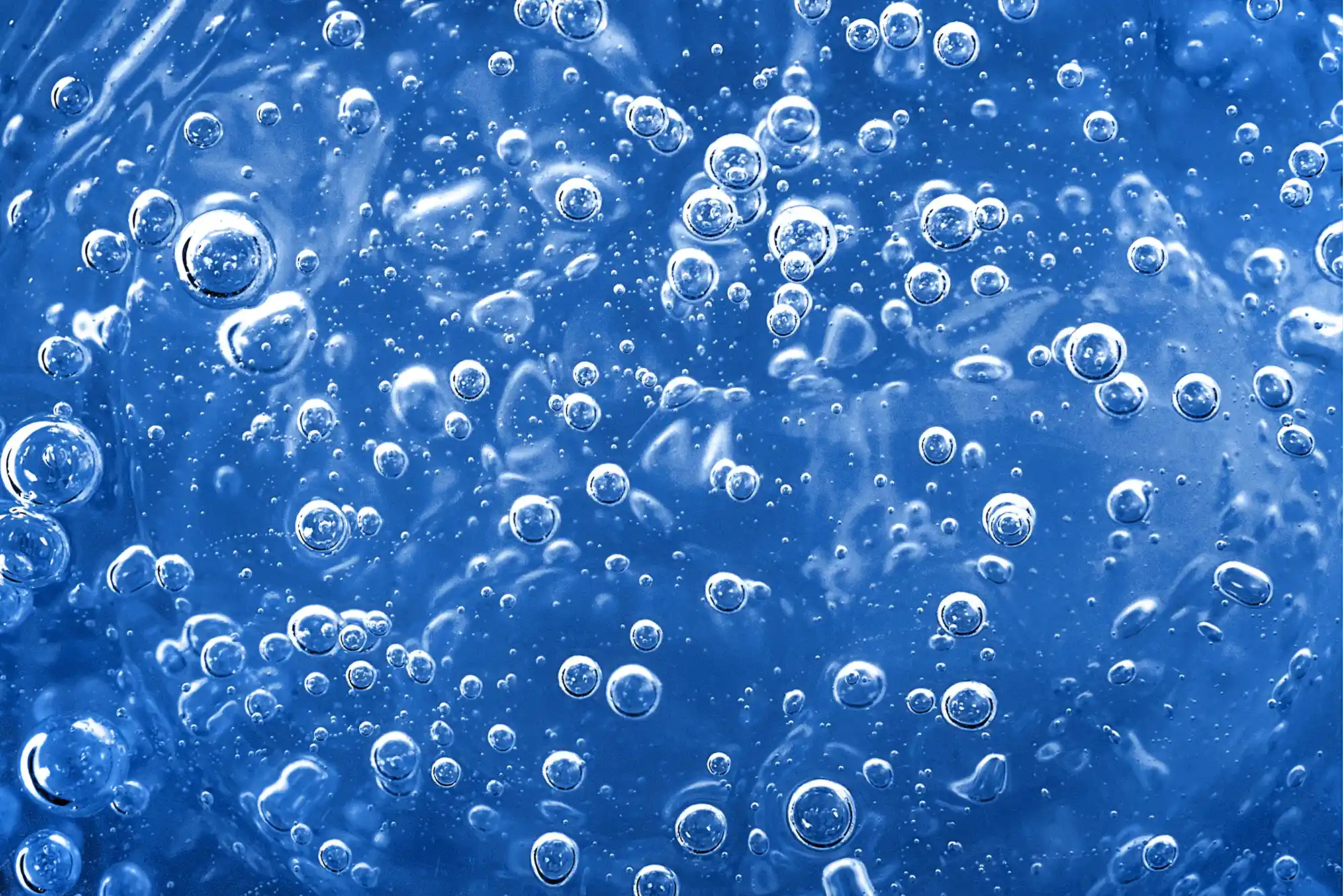Sintering rotomoulding - a core step in material distribution
The sintering rotomoulding process begins when the loaded mould is transferred to the heated oven. The mould is attached to an arm that rotates it in two directions (using the main and auxiliary axes). The plastic powder or micro pellets placed in the mould are heated to the melting point. This is when the plastic particles gradually melt on the surface of the mould and then adhere to it, forming a layer of plastic. During the sintering process, the plastic powder reaches every corner of the mould, evenly coating the walls until the material is completely melted. The mould is heated until it reaches PIAT (peak internal air temperature). This is the point at which the material is fully melted and the holes are reduced to a minimum.
The rotation of the mould around two perpendicular axes ensures that the mould is evenly covered with molten plastic powder. This is essential to achieve a uniform and precise product in the following phases of the rotational moulding process.


Densification of the material inside the mould
The process of sintering plastic continues until all the resin in the powder adheres to the mould, thus forming the final product. When all the material is melted, the state of the powder changes from solid to liquid. The thickening process then begins.
The molten material forms an even layer on the surface of the mould. This even layer of molten powder begins to thicken as the air trapped between the particles of the molten powder begins to diffuse out of the plastic as it is heated further. As a result, the airy layer of powder solidifies to form a uniform layer of plastic resin, a crucial step in sintering rotomoulding process. This makes the internal surface of the part smooth and ready for further processing.
Controlling the sintering process
The sintering rotomoulding process requires precision and control to ensure that the mould is filled properly and that the desired shape and structure of the product are achieved. The control of the sintering plastics in the rotary process is achieved through precise control of temperature, process time and the speed and ratio of rotation of the two axes. Sintering temperatures can vary depending on the type of plastic, while the time required for sintering will depend on parameters such as wall thickness, product size and shape.
The most important part of the sintering process is to adapt its parameters to the specific requirements of the material and design. By controlling these factors, the optimum strength and resilience of the product can be achieved, making it ideal for high-performance applications. By carrying out the sintering process correctly, it is possible to produce high-quality plastic products that meet expectations in terms of appearance and functionality.
Check out the next step in the rotational moulding process!
Cooling

Julia
Sales Manager
"A satisfied customer is the best business strategy of all"
your idea
to life. Start now!


